Shorelines are special places where we can get closer to nature, make memories with our loved ones and relax as the days unfold.
Whether you’re on Georgian Bay, Lake Huron, or an inland lake or river, it’s likely you know that the shoreline is an exceptional place… but why is that?
Where the water meets the land is one of the richest natural environments you’ll likely ever come into contact with. It might even be the most complex piece of the earth you’ll live next to.
But because it’s so complex, it requires specialized care to thrive. In this post, we dive into the different types of shorelines in the Grey and Bruce Counties — and how each of them can be cared for.
Why should I bother maintaining or restoring my shoreline?
If you own waterfront property, your shoreline is crucial to the health of your lake. It supplies oxygen for fish as well as food and shelter for all sorts of animals, insects and plants. It also creates a “living retaining wall” for the shoreline, acting as a barrier to contaminants and preventing erosion.
But beyond the natural reasons, caring for the shore has other long-term benefits:
- Improved water quality. — Natural shorelines and wetlands help moderate storms and are the last line of defence for pollution that comes from the land. By keeping your shoreline as natural as possible, water quality is maintained and is better for drinking, fishing, farming and swimming.
- Increased property values. — Stewardship of the shore protects real estate prices. An eroded, poorly maintained shoreline isn’t exactly inspiring and can lower your property value.
- Better beaches. — As humans displace sand dunes and remove natural vegetation, the erosion of the sandy beaches in our region accelerates. Shoreline stewardship can protect these beaches so they last!
What are the different types of shores?
There are different types of shorelines throughout our region and each type can accommodate natural change and human interaction in different ways. Use this guide to determine which type you have — and how to care for it.
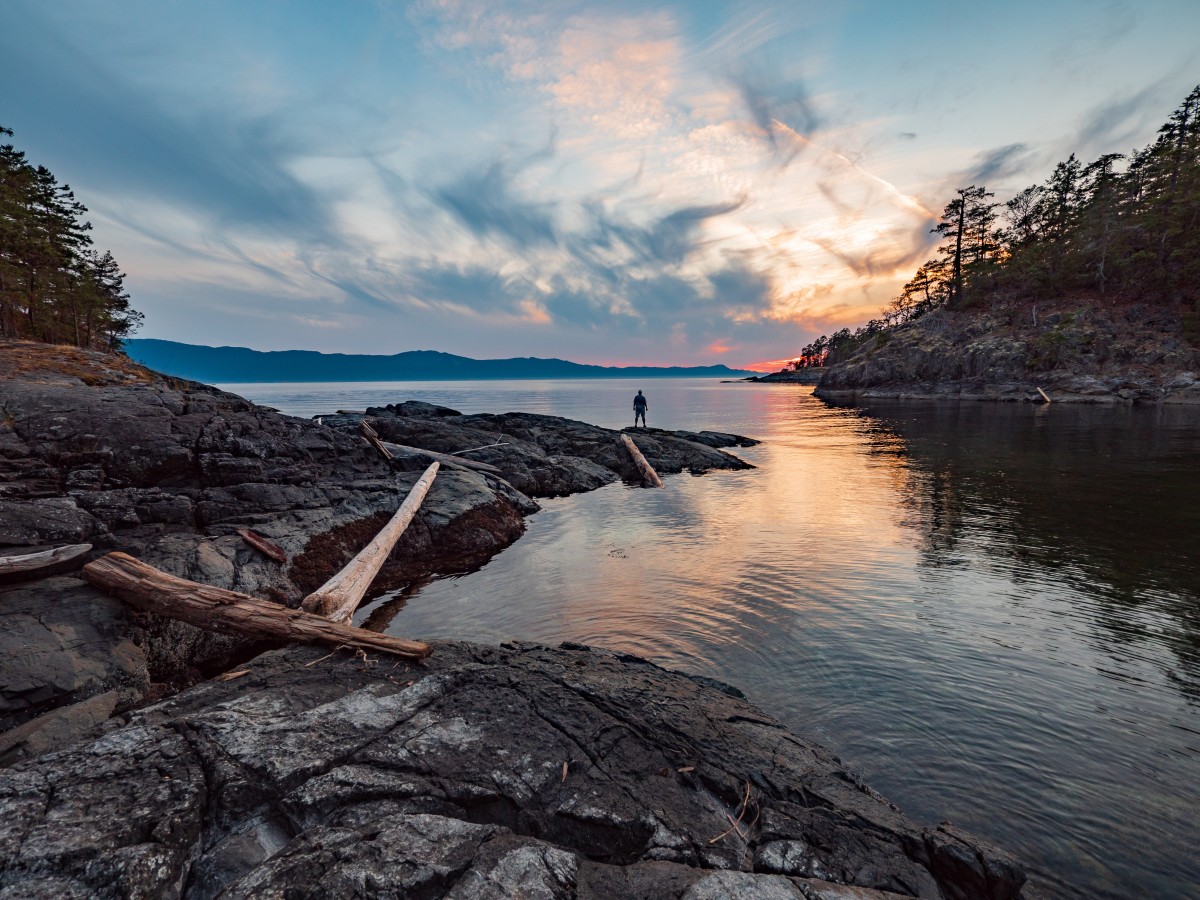
1. Bedrock shores: stable & resilient
The Bruce Peninsula is dominated by the Niagara Escarpment, an impressive land formation that juts out in the form of rock outcroppings and sheer cliffs. If you own property with a bedrock shore, it’s easy to identify!
These shorelines are very stable and resistant to erosion, which means they tend to be okay for development or landscaping projects. Since the Escarpment is a UNESCO World Biosphere Reserve, all projects require the approval of a local conservation authority.
Keeping this resilient shoreline type healthy isn’t difficult, but there are some general guidelines. First, since vegetation can be fragile on these shores, avoid any sort of trampling. This shoreline is also even more susceptible to invasive plant species than other shores, so be wary of what’s planted.
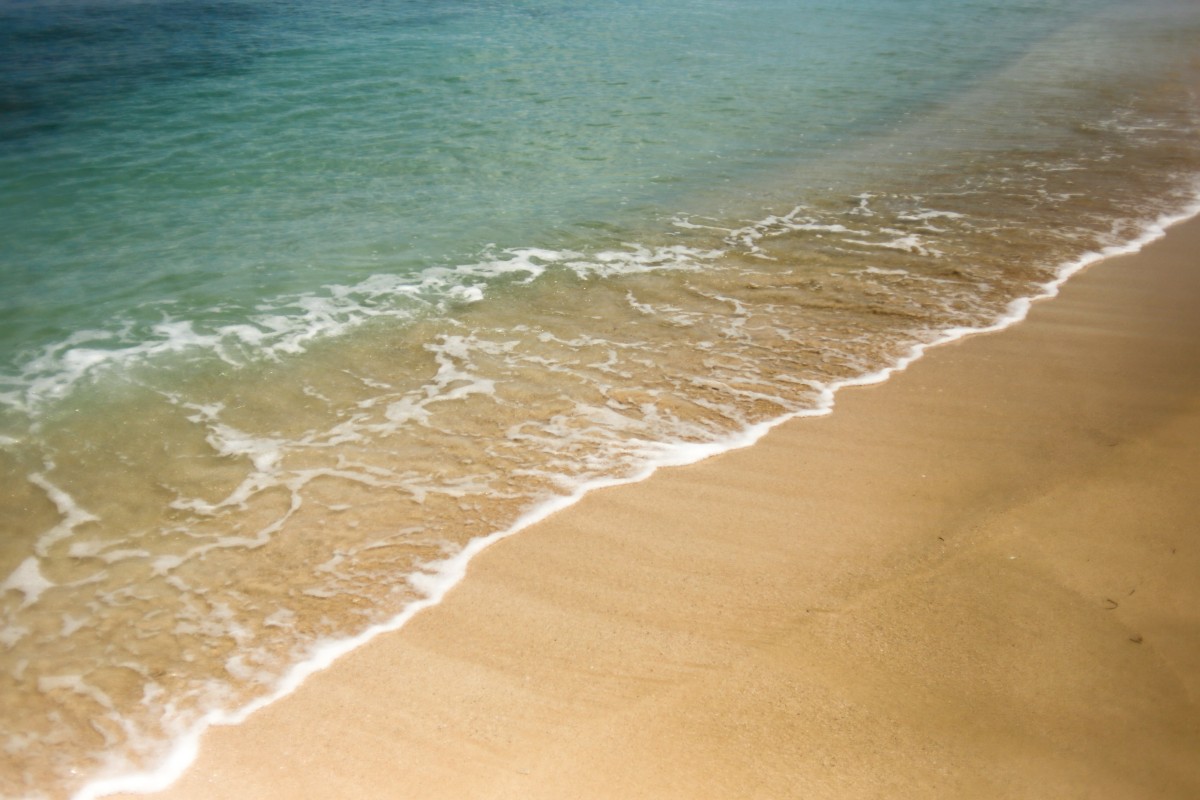
2. Sand beaches: beautiful but vulnerable
Sandy beaches have a serene beauty to them — there’s no better place to relax! Humans love to spend the sunny days of summer in the sand, but all of that human activity can wreak havoc on the health of the shore. Many beaches are in decline because of human overuse that has damaged vegetation and dune structure.
If you live on a sand beach shoreline, our advice is to work with the landscape rather than changing the landscape to suit your plans. Create designated pathways to cross any sandy areas, and if you happen to have sand dunes on your property, leave them alone. The goal is to prevent the trampling of plants or the displacement of sand.
Beaches can also be revitalized with the right plants! Planting native dune vegetation reduces erosion while increasing the size and stability of dune areas. This, in turn, makes the beach a more attractive habitat for at-risk birds and fish.
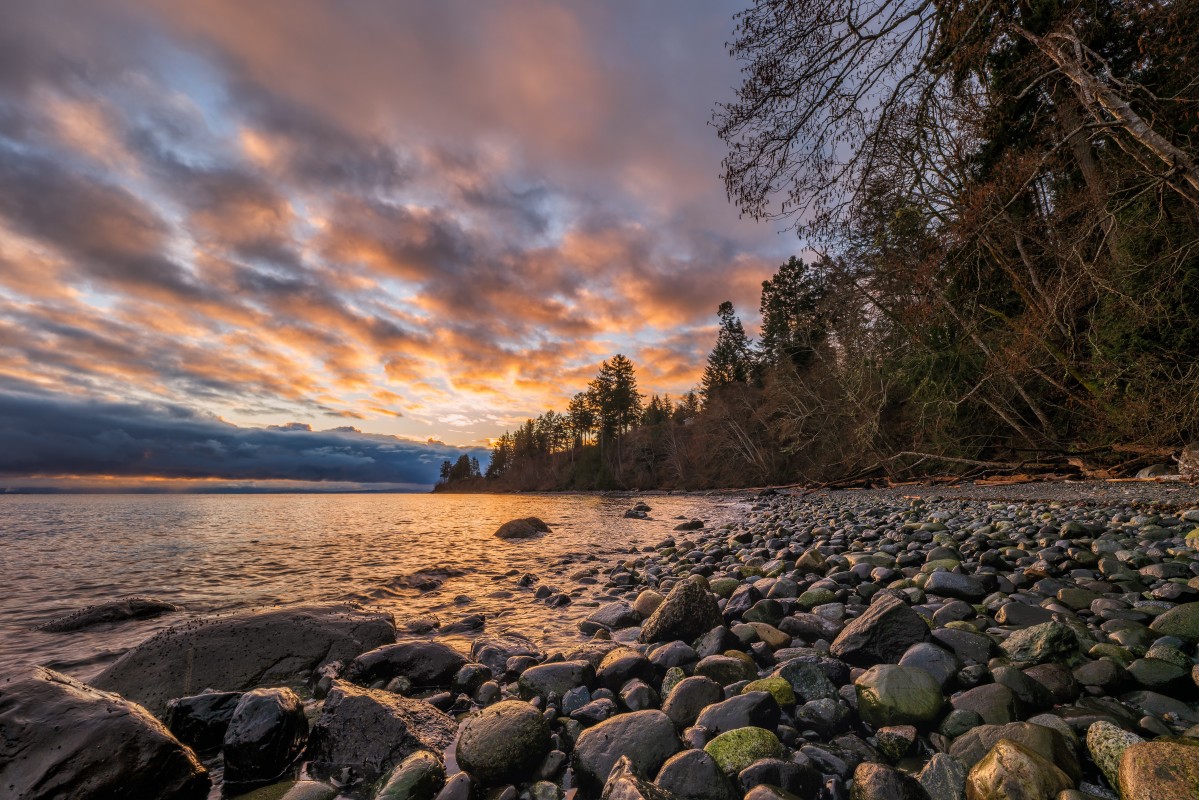
3. Cobble beaches: strong & protective
Cobble beaches tend to be high-energy shores with a lot of waves! These shores are made up of “cobbles”, which are large stones, rocks and sometimes boulders. The cobbles are like armour, protecting the shoreline from the impact and erosion of waves.
To care for a cobble beach, leave the cobbles where they are, as they are natural shore protection. Resist the urge to “tidy up” — let organic debris like beach logs and fallen trees act as a natural wall. And again, try not to disturb the native vegetation, as many of these species are rare and important for the ecosystem.
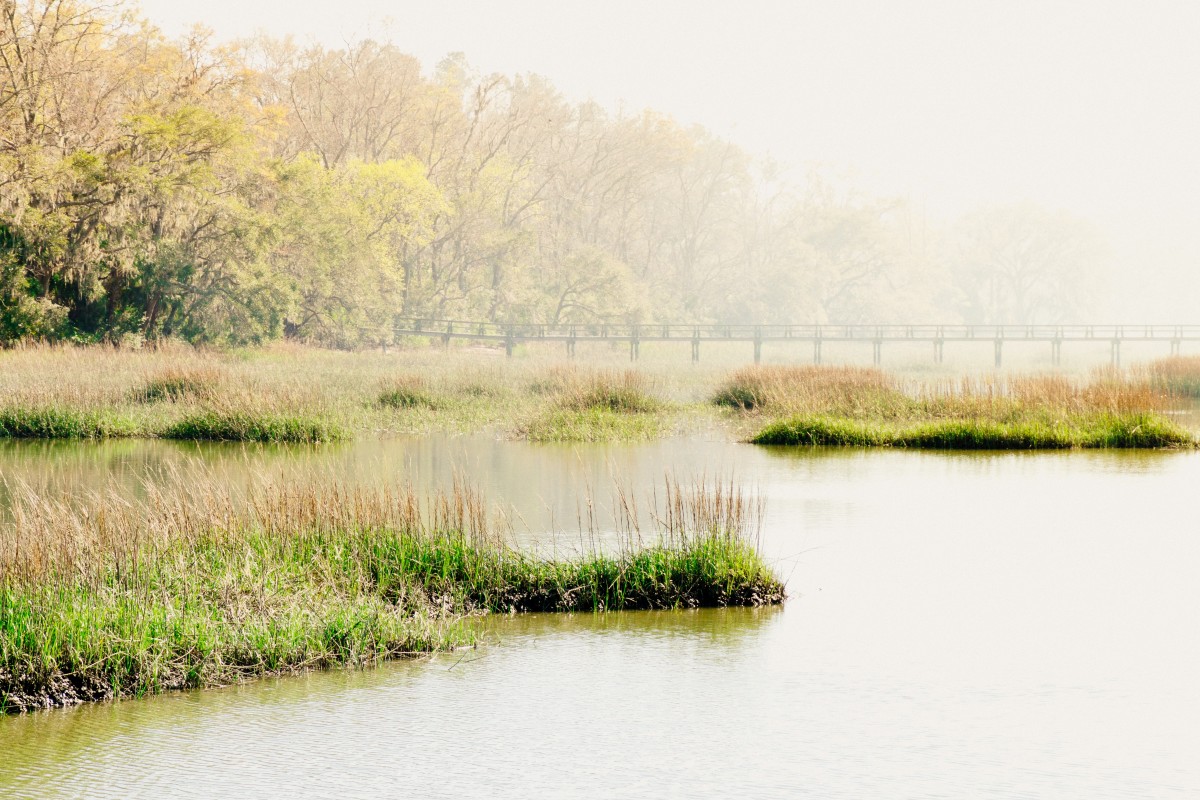
4. Coastal wetlands: rare & fragile
Wetlands are formed by changing lake levels and provide habitat for over half of Georgian Bay’s native fish populations. Unfortunately, we’re gradually losing coastal wetlands — many are being replaced by urban development.
Again, our general advice is to leave it be. Natural vegetation is crucial to the health and quality of the lake water — don’t remove it! Hardening or altering the shoreline for a dock or boat slip can degrade water quality and fish habitat. For those with a private septic system, keep it well-maintained, as malfunctioning systems can pollute the water.
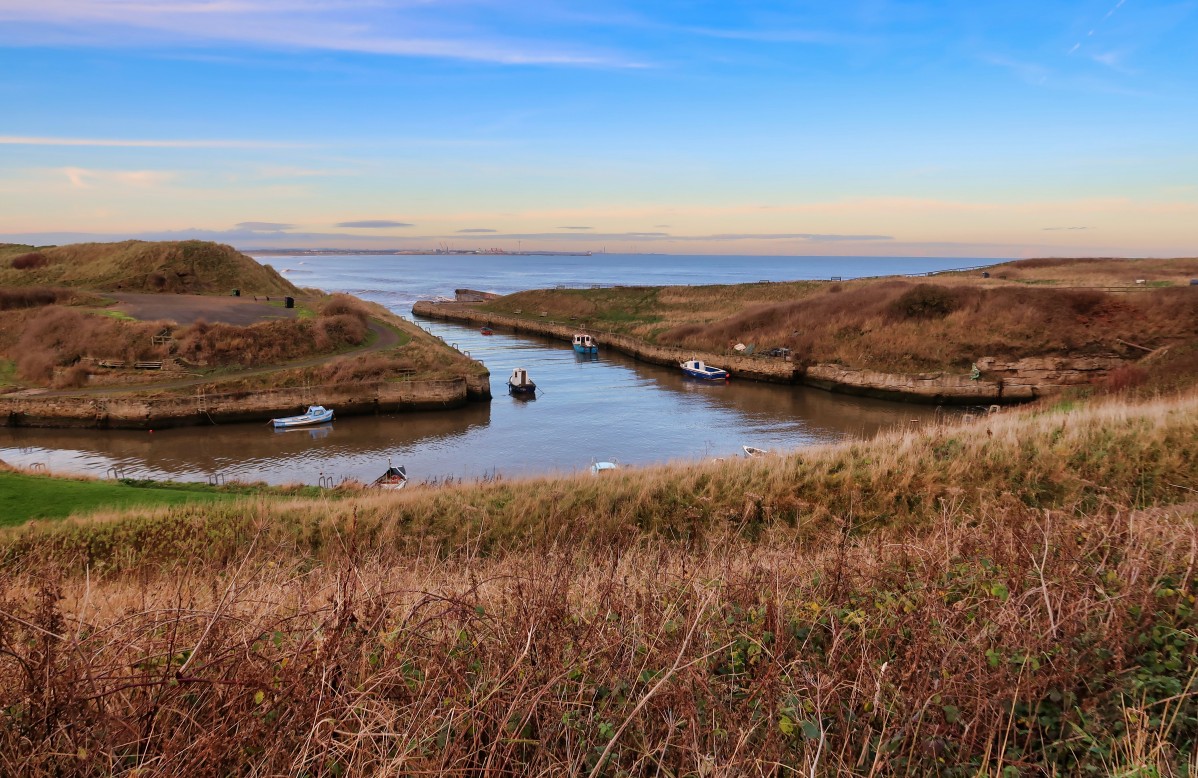
5. River mouths: muddy & sensitive
Also called “estuaries,” river mouths are where rivers meet lakes. The ecosystems found on these shorelines are unique and very sensitive to human activity.
While there aren’t a lot of rivers in our region, there are still a few larger ones, like the Beaver, Bighead and Saugeen Rivers. These shores have the highest risk of flooding — either from rainwater flowing down the river into the bay or lake, or vice versa, with waves from the bay washing up into the channel.
Our tips to keep this unique shoreline healthy? First, try to leave it alone. Don’t build any channels, dredge or remove any vegetation — doing so will cause damage to the ecosystem and potentially your property in the long run through increased flooding risk. We also recommend not using any fertilizer if you can help it, as it’ll eventually end up in the water and feed the growth of algae.
Need some help?
As you can see, some shorelines are stable and robust while others are fragile and easily damaged. No matter the type you have on your property, there’s a specific way to care for it — and we’d love to help you!
Some shorelines have been damaged by development, construction or other human activities — but we want to assure that they can be restored again! There are always strategies we can put in place to repair shoreline damage and bring it back to its natural state.
If you’re looking to enhance your landscape or start a new project that involves your shoreline, give us a call. With certified natural shoreline professionals on staff, we can help you make sustainable long-term improvements for your property.




